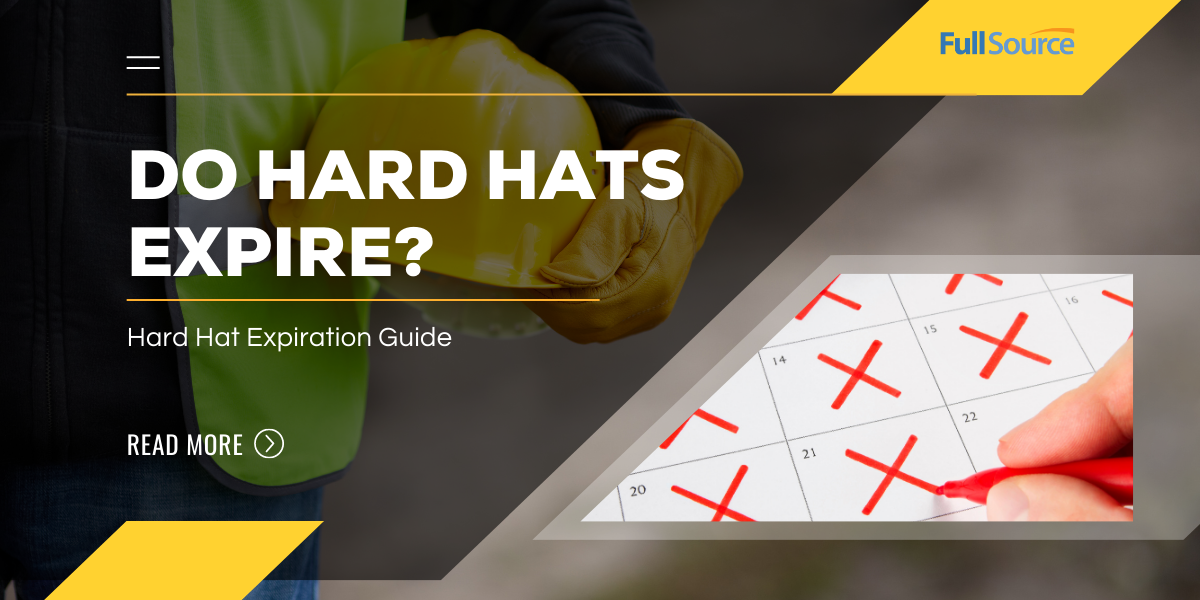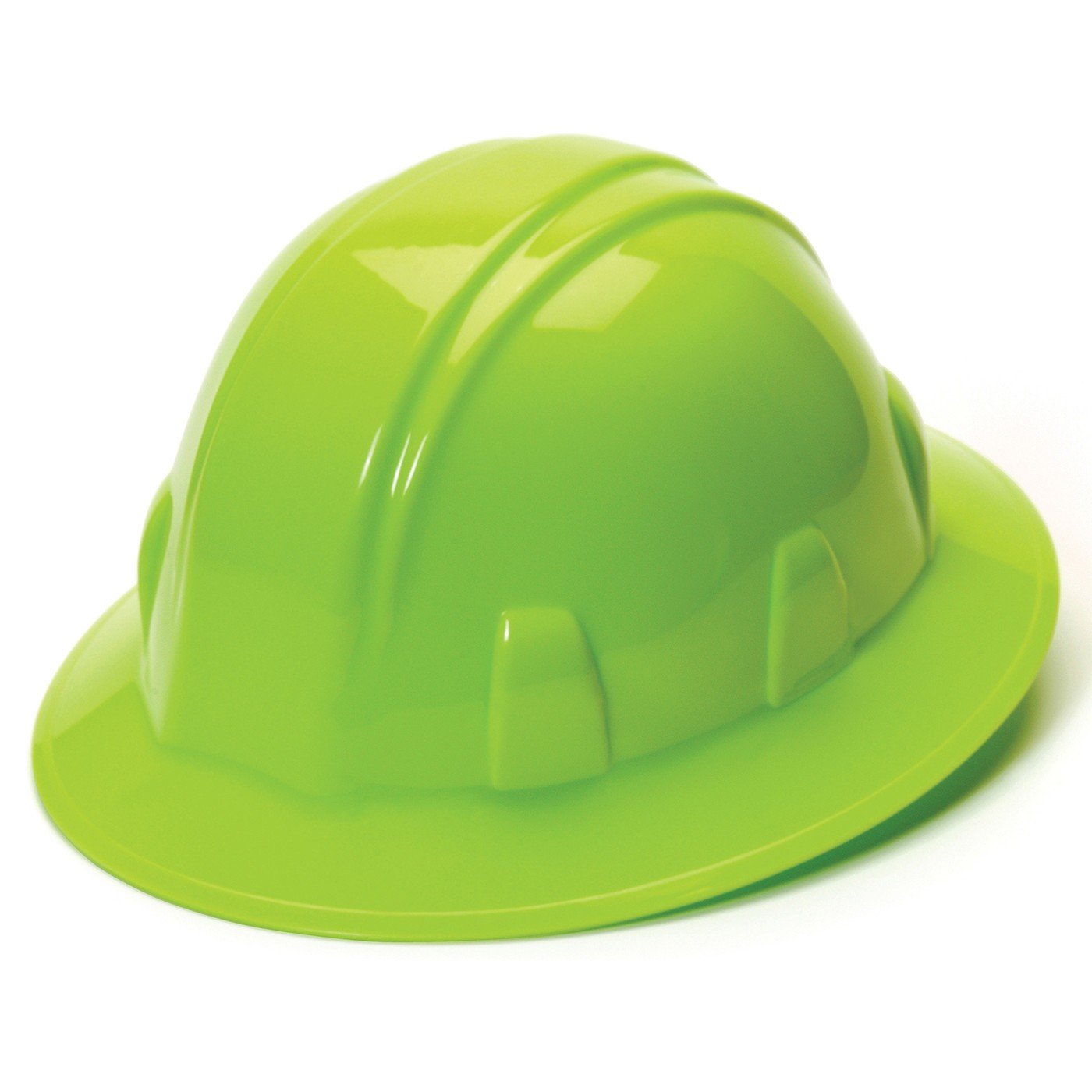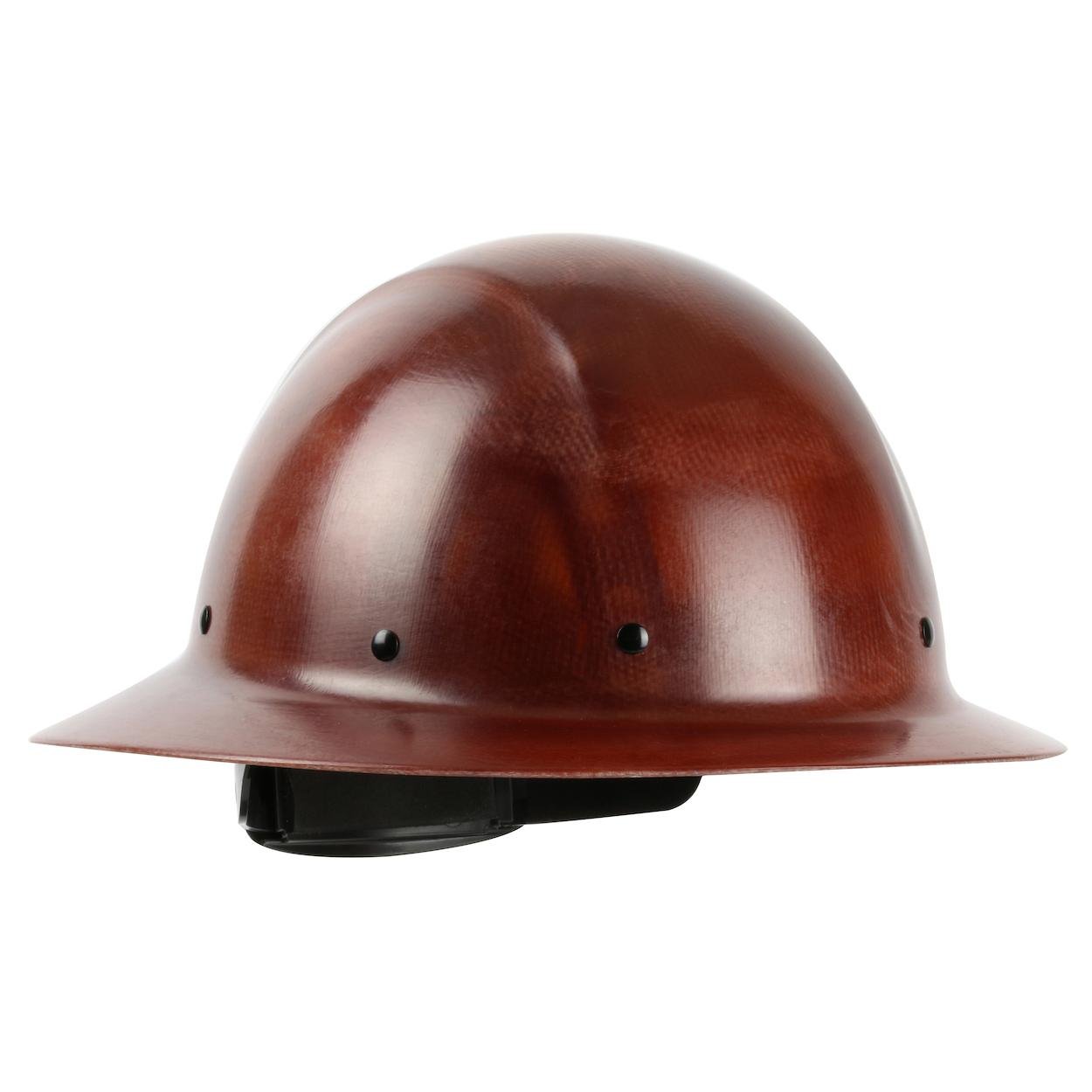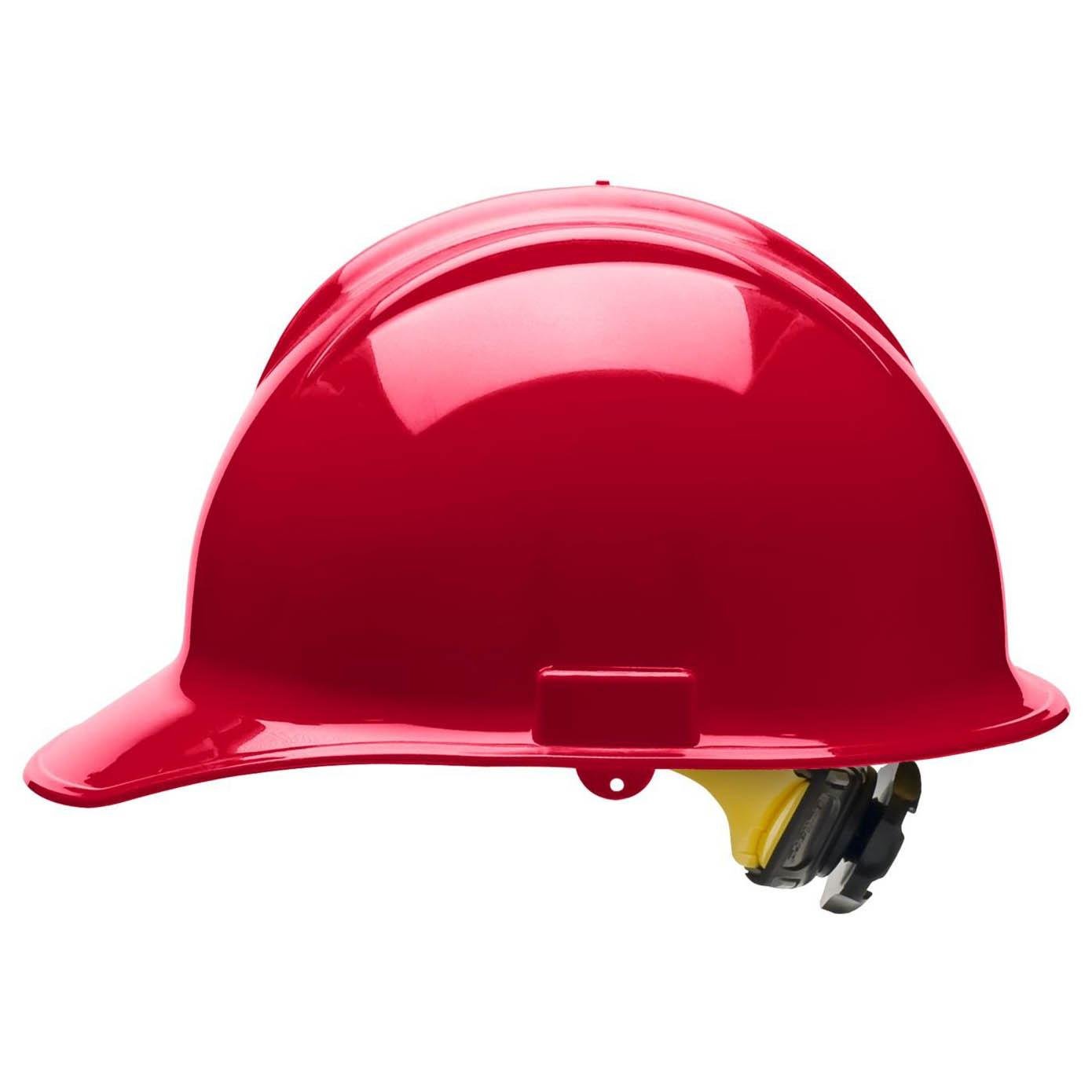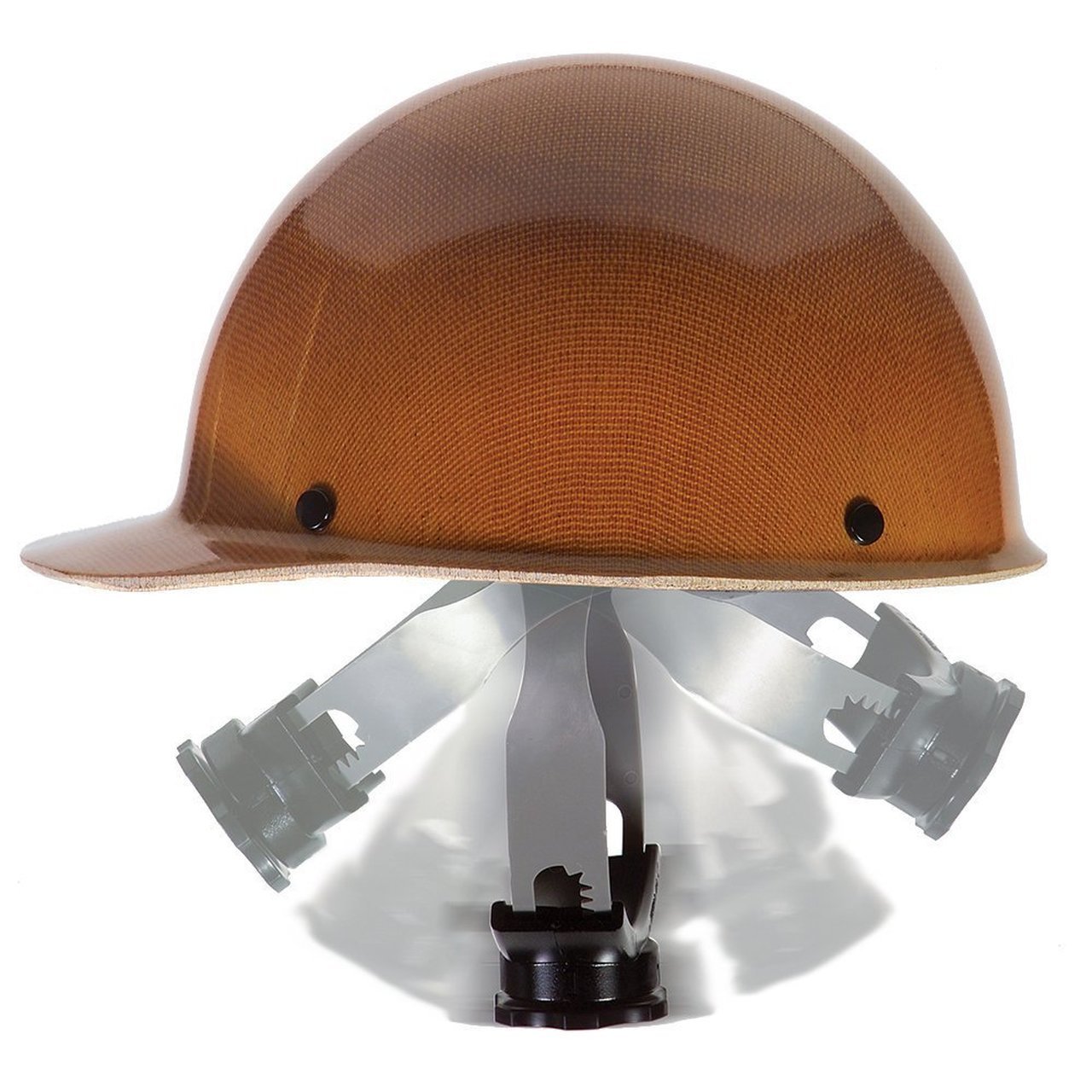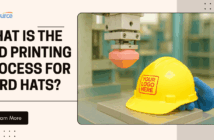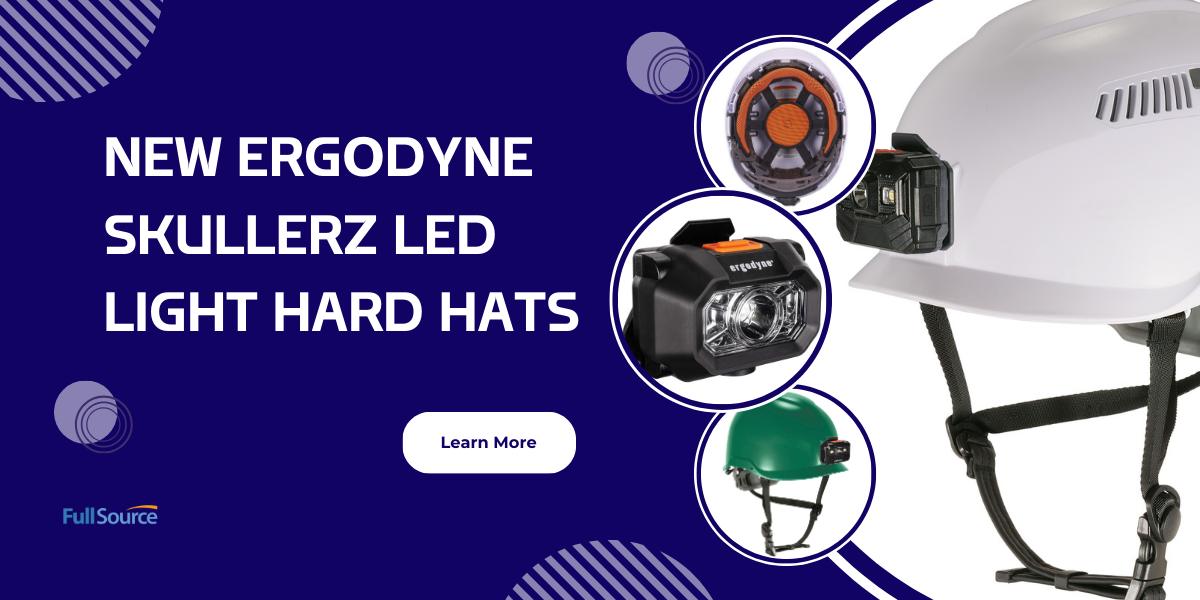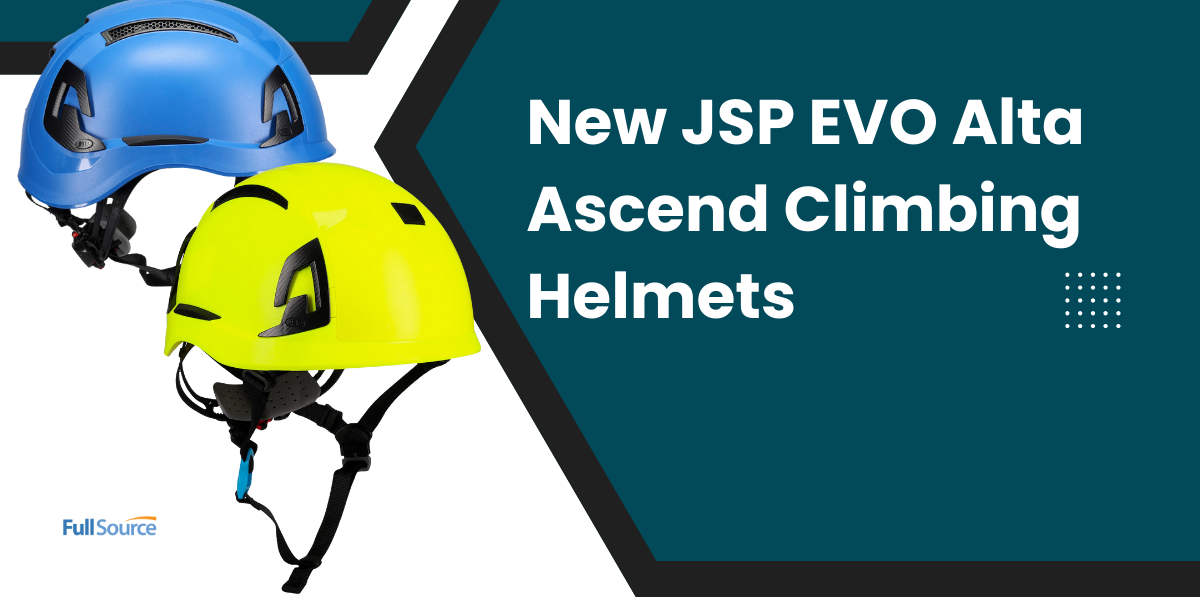Did you know hard hats expire? Are you confident that the hard hat you’re wearing on site is still protecting your head to its fullest extent? Hard hats are an essential piece of personal protective equipment (PPE) in any construction or industrial setting. But did you know that they have a lifespan, and can expire just like any other product? In this guide, we’ll take a closer look at how to check if your hard hat has expired – so you can stay safe and compliant on the job.
Introduction to Do Hard Hats Expire?
First of all, hard hats are an essential piece of personal protective equipment (PPE) for construction workers and other employees working in hazardous environments. While hard hats are designed to protect workers from head injuries, they can only do so if they are in good condition. And yes, hard hats expire. This ensures it functions as intended and provides a consistent level of protection. All types of hard hats including cap, full brim, and vented hard hats expire.
And a hard hat’s expiration date is often stamped on the inside of the hat’s brim. For most brands, the expiration date is two to five years from the date of manufacture. Once a hard hat expires, it should be replaced with a new one.
The best way to ensure that your hard hat is still effective is to inspect it regularly. Check for cracks, dents, or other damage that could weaken the structure of the hat. Also, make sure that the suspension system is still intact and that the straps are in good condition. If you have any doubts about the condition of your hard hat, replace it with a new one.
Why Do Hard Hats Expire?
The Occupational Safety and Health Administration (OSHA) require that hard hats be replaced every five years from the date of manufacture. And it is suggested with regular use to replace your hard hat shell every 2 years. The expiration date is stamped on the inside of the hat. Most major hard hat manufacturers like LIFT, MSA, Fibre Metal, and Bullard represent the manufacture date with a date wheel. The number in the middle of the circle represents the year of manufacture and the arrow extending out from there points to the specific month.
The primary reason hard hats expire is because the materials degrade over time. The degradation is caused by ultraviolet (UV) light, chemicals, and physical wear and tear.
In addition, expired hard hats offer reduced protection against impact and penetration. They can also cause wearers to suffer from heat stress because they no longer provide adequate ventilation.
If you’re not sure when your hard hat expires, it’s best to err on the side of caution and replace it. Better to be safe than sorry when it comes to protecting your head! And this will also ensure you continue to meet both OSHA and ANSI safety standards for the job site. There are ANSI Type I and ANSI Type II hard hats that comply with different safety standards like top and side impacts. And it is important to note some hard hats protect against electrical hazards or protection for those working at heights. Also, make sure to replace your hard hat suspension and chin strap for a safe and secure fit.
How to Check If Your Hard Hat Has Expired
If you work in an industry where hard hats are required, it’s important to make sure that your hard hat is always up to date. Here’s how to check if your hard hat has expired:
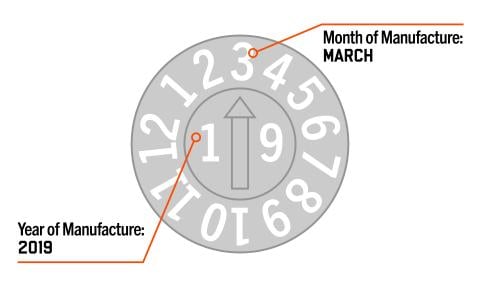
1. Check the label on the inside of the hard hat. Most hard hats have a label on the inside that includes the manufacturing date and expiration date. The manufacture date of all hard hats can be determined using the date code stamped on the underside of the brim. The number in the middle of the circle is the year of manufacture, with the arrow pointing to the specific month. If there is no label, or you can’t read the label, proceed to step 2.
2. Check with the manufacturer. If you can’t find a label on the inside of your hard hat, you can check with the manufacturer to find out when your hard hat was made and when it expires.
3. Replace your hard hat every 5 years from the date of manufacture. Even if your hard hat isn’t expired, it’s a good idea to replace it every 2 years to ensure that it is still effective. And replace the hard hat if there is any impact or damage such as cracks, splits, or missing pieces.
What to Do if Your Hard Hat Has Expired
If your hard hat has expired, you should replace it with a new one as soon as possible. Wearing an expired hard hat can put you at risk of serious injury or death if you are involved in an accident. And we offer a large selection of ANSI Type I and ANSI Type II hard hats from leading brands. This includes LIFT, Pyramex, Bullard, MSA, Fibre-Metal, and JSP. There are low-cost economical hard hats customizable with your name or logo. And high-end carbon fiber and hydro-dipped hard hats that help you stay protected in style.
There are a few different ways to tell if your hard hat has expired. One way is to check the label on the inside of the hat. The expiration date should be listed there. Another way to tell is by looking for cracks or other damage to the hat. If the hat is damaged, it may not provide adequate protection in an accident.
Best Practices for Maintaining Your Hard Hat
When it comes to personal protective equipment, your hard hat is one of the most important pieces of gear you can wear on the job. Not only does it help protect your head from falling debris and other hazards, but it also helps keep you visible to other workers in low-light conditions. But just like any other piece of PPE, your hard hat has a limited lifespan and needs to be properly maintained in order to continue providing protection. Here are some best practices for maintaining your hard hat:
1. Inspect your hard hat before each use. Check for any cracks, dents, or other damage that could compromise the integrity of the helmet. If you see any damage, do not use the helmet and replace it immediately.
2. Clean your hard hat regularly with soap and water. This will help remove any dirt, dust, or other contaminants that could potentially damage the helmet over time.
3. Store your hard hat in a cool, dry place when not in use. Extreme temperatures can cause the materials in the helmet to degrade prematurely.
4. Replace your hard hat every five years or sooner if it sustains any impact damage. Even if there is no visible damage, the internal structure of the helmet may have been weakened, which could lead to failure in a future accident.
5. Replace your hard hat suspension if it no longer provides a tight and secure fit. There are replacement suspensions available for best-selling hard hat series including MSA Skullgard, Pyramex Ridgeline, JSP Evolution, and LIFT DAX.
Conclusion
In conclusion, hard hats expire. And checking whether or not your hard hat has expired is an important part of keeping yourself and others safe. Make sure to inspect your hard hat regularly, and if you find that it’s past its expiration date, replace it immediately with a new one. And remember to check the manufacturer’s website for any updates on when your helmet needs to be replaced. By following these steps and taking the time to regularly inspect your hard hat, you can help ensure you are protected in hazardous environments.

